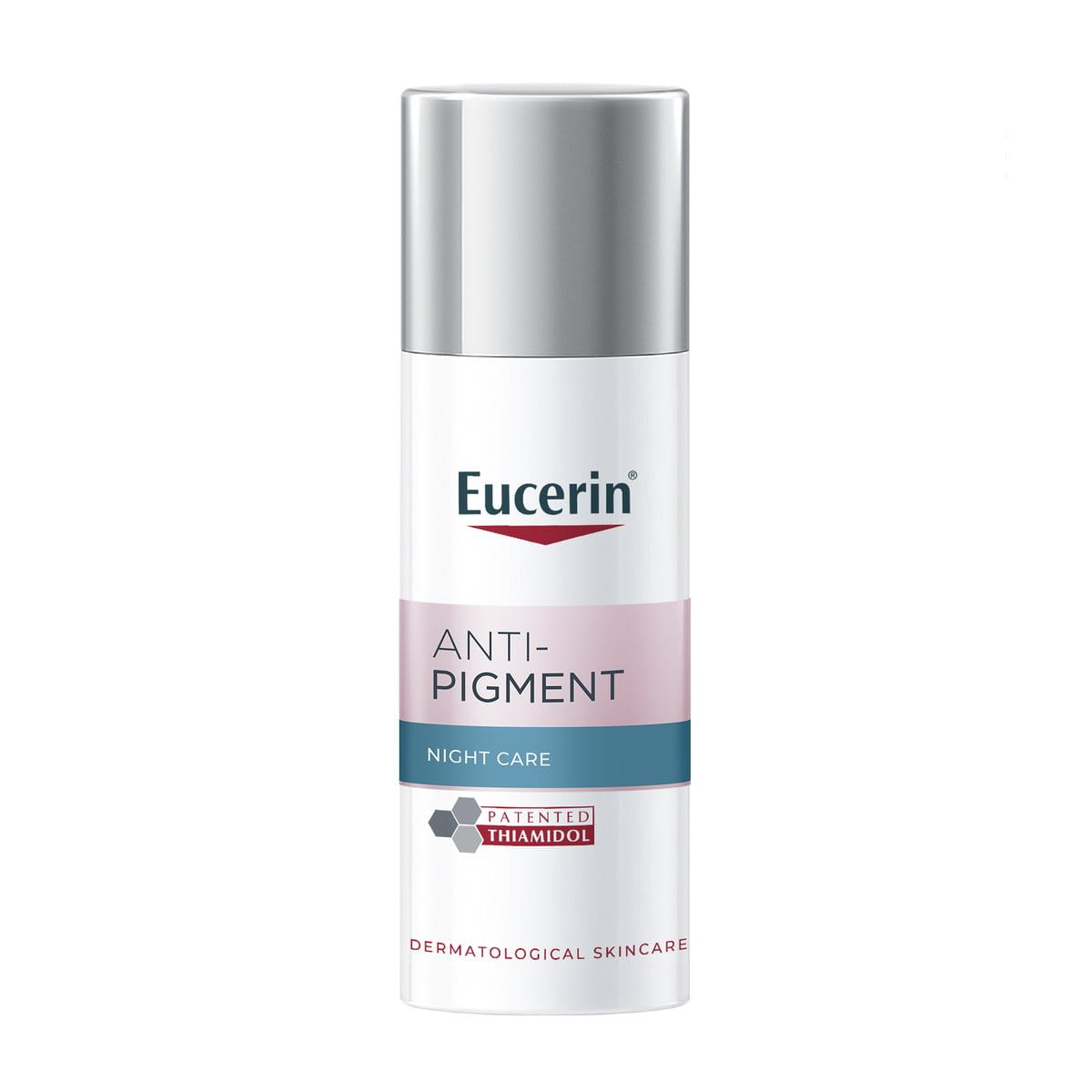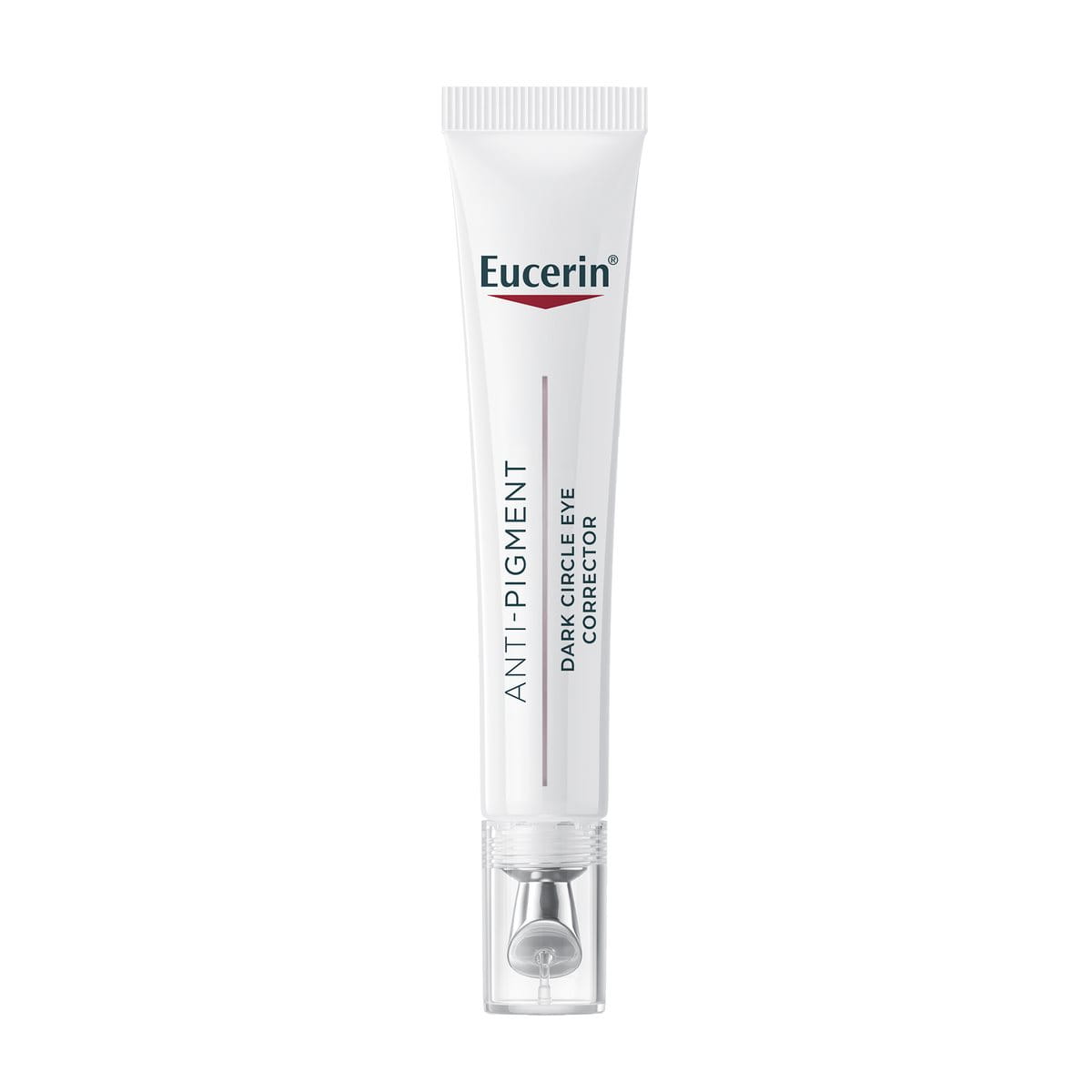The way your skin looks in the morning is closely linked to what you do the night before. Whether you’re dealing with dullness, dryness, or early signs of ageing, building an effective night skincare routine for glowing skin can make all the difference. So dive right in.
Keynotes:
- Following a night skincare routine helps you support skin repair, hydration, and skin renewal while you sleep.
- Start your night skincare routine with cleansing, toning, serum, moisturiser, and eye cream, using ingredients like retinol, hyaluronic acid, and peptides.
- Avoid common mistakes like over-exfoliating or layering products too quickly and follow the routine consistently for best results.





